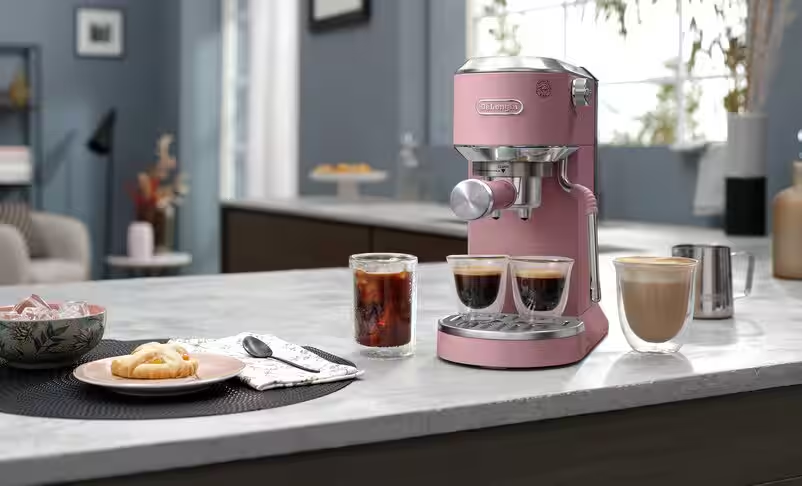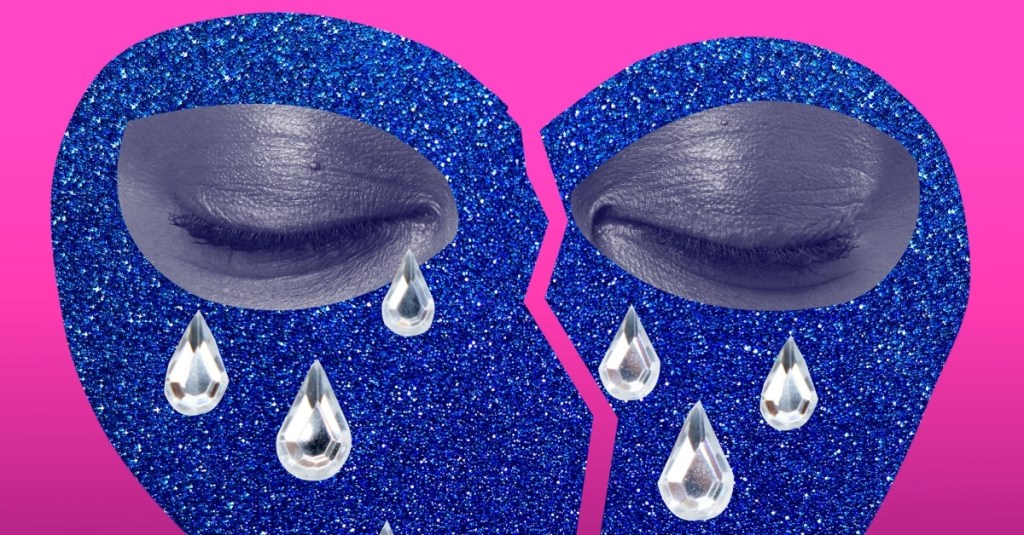In the work of László Moholy-Nagy, things are not always what they seem. Conservators learned this firsthand while preparing for the artist’s first comprehensive retrospective in 50 years, Moholy-Nagy: Future Present, which recently opened at the Guggenheim. As one travels through time and up the museum’s spiral ramp, the artist’s chosen materials and mediums grow more and more diverse. Identifying the composition of those varied surfaces was a prerequisite for any conservation treatment, and it yielded many surprises—like the fact that some areas of overlapping paint are actually an entirely different third color, rather than a mixture of the two hues.
Moholy was nothing if not prolific—the 300 works that make up Future Present attest to that. Born in Hungary in 1895, he began his artistic career in Berlin in the early 20s, finding inspiration in Constructivism and its utopian ideas of art as a vehicle for social progress. After teaching for five years at the Bauhaus, he moved back to Berlin, then spent some time in Amsterdam and London, furthering a multi-disciplinary practice that moved fluidly between the fine and applied arts. He eventually crossed the Atlantic, settling in Chicago, where he founded the Institute of Design. He died there in 1946, of leukemia—the unforgiving disease cutting short Moholy-Nagy’s tireless experimentation with painting, sculpture, collage, photography, film, design, and the written word.
Videos by VICE

Detail of CPL 4, 1941. Moholy-Nagy applied paint and made incisions on both the recto and verso of the plexiglass, creating variegated shadow patterns and vibrating optical effects.
Prior to the exhibition opening, over two years of close observation and research led to new discoveries about the artist’s wide array of unconventional industrial materials. What initially felt like an ample amount of time ended up being more “like a race to the finish line because there was so much material,” explains Julie Barten, senior conservator at the museum. “Each piece was its own individual research project.”
Most exciting of all, Barten’s hours at the microscope reframed how we should look at several of the artist’s later works on translucent plexi, such as Space Modulator: “When we first pulled the work out, we were looking at what appeared to be an array of cracks and we thought, ‘That’s a shame; what are we going to do to camouflage that?’” the conservator recalls. “Then I put the painting under the microscope and started to realize that the paint was conforming to these so-called cracks. It became clear very quickly that this was not damage.”

Detail of Papmac, 1943, showing the dramatic shadow effects generated by bubbles and ripples in the Plexiglas. These flaws formed as the result of overheating during manufacture.
Consultation with plastics manufacturers confirmed that the flaws were a result of overheating at the production stage, rather than an effect introduced by the artist. The discovery reinforced Barten’s theory that “since this was such a precious material during the war, the idea of deliberately flawing it didn’t make as much sense as receiving it as a factory discard.” One can also imagine that the imperfections might have actually appealed to the artist, and helped push his investigations of light and shadow—like the unexpected effects he obtained when photographing city lights, as exemplified in a set of 35mm slides also on view.
The research corrected other misconceptions. A 1930 painting entitled Tp 2, whose blue plastic support was long described in museum records as Trolitan (the German version of Bakelite), turned out to be a cellulose nitrate substance commercially labeled as Trolit F—which, unlike Bakelite, is easily prone to degradation. Some detective work led to the German factory that produced these types of plastics in Moholy’s day, and, confusingly enough, had labeled them all with the “Tro” prefix. Somewhere along the way, “it may have been incorrectly translated,” notes Barten.

Detail of Space Modulator, 1939-1945, as exhibited at the Guggenheim. GIF by the author

B-10 Space Modulator, 1942, under different light conditions, demonstrating the variability in shadows and reflections generated by the work.

Photomicrograph detail (2 × 2 mm) of CPL 4, 1941. The vibration of the engraving tool as it scratched the surface of the Plexiglas caused the beaded texture of this line.

Installation view: Moholy-Nagy: Future Present, Solomon R. Guggenheim Museum, New York, May 27–September 7, 2016. Photo: David Heald © Solomon R. Guggenheim
Related:
Vivid Color Projections Revive Faded Works of Art | Conservation Lab
Microscopic Slivers of Artworks Reveal Hidden Truths | Conservation Lab
Inside Harvard’s Incredible Collection of Rare Pigments | Conservation Lab
More
From VICE
-

De'Longhi Dedica Duo – Credit: De'Longhi -

We Are/Getty Images -

Photo by tang90246 via Getty Images -

Credit: SimpleImages via Getty Images